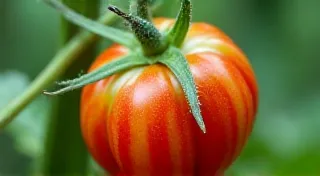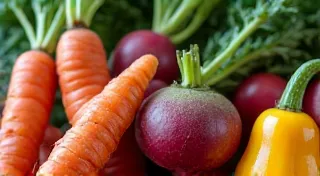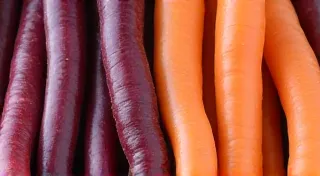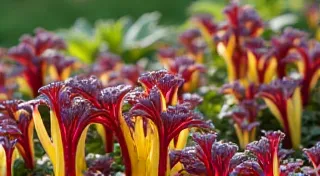Romanesco Broccoli: Unlocking the Secrets of This Geometric Wonder
Forget your standard broccoli – have you encountered Romanesco broccoli? This stunning vegetable isn't just delicious; it's a work of art. Its intricate, fractal structure has captivated gardeners and food enthusiasts alike, making it a true standout in any vegetable garden. Let's delve into the world of Romanesco, exploring its fascinating qualities, growing tips, and how to enjoy this unique treasure.
What is Romanesco Broccoli?
Romanesco broccoli, also known as Romanesco cauliflower or Romanesco cabbage, is a member of the Brassica oleracea family – the same family as broccoli, cauliflower, and kale. What sets it apart is its striking appearance: instead of the familiar rounded heads of its cousins, Romanesco features a spiraling cone composed of smaller, pointed florets, each also displaying the same fractal pattern. This incredible geometry is due to a naturally occurring mutation that causes the plant to produce multiple growing points. This type of variation is increasingly sought after by gardeners looking to add visual interest and unique flavors to their gardens - much like the vibrant hues and intriguing forms found in blue potatoes.
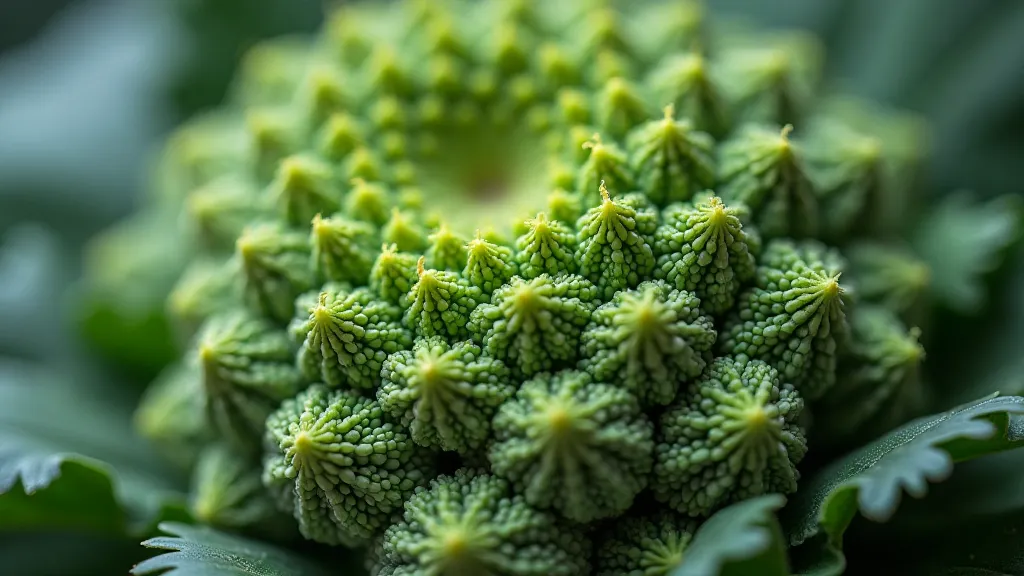
Growing Romanesco Broccoli: A Gardener's Guide
While Romanesco might seem intimidating, it's surprisingly straightforward to grow. Here's what you need to know:
Starting Seeds: Begin seeds indoors 6-8 weeks before the last expected frost. They require cooler temperatures (around 60-70°F) for optimal germination.
Soil: Romanesco prefers well-drained, fertile soil with a pH between 6.0 and 7.0. Amend your soil with compost or aged manure before planting.
Sunlight: Like most vegetables, Romanesco thrives in full sun – at least 6 hours of direct sunlight per day.
Spacing: Space plants about 18-24 inches apart to allow for adequate growth.
Watering: Keep the soil consistently moist, especially during hot weather.
Fertilizing: Feed with a balanced fertilizer every few weeks.
Pest & Disease Control: Watch out for common brassica pests like cabbage worms and aphids. Practice crop rotation to prevent diseases.
Romanesco generally takes 85-100 days to mature, so patience is key! It’s a cool-season crop, so plant in early spring or late summer for a fall harvest. The color variations within the Brassica family are truly astonishing. Consider exploring the differences between a classic purple carrot and its more common orange counterpart for another example of nature's artistry.
A Feast for the Eyes and Palate
Beyond its visual appeal, Romanesco is delicious! The flavor is milder than broccoli, with a slightly nutty and earthy taste. The texture is also incredibly unique - a delightful crunch that sets it apart. Here are a few ideas for preparing this extraordinary vegetable:
Roasting: Roasting brings out the sweetness and intensifies the nutty flavor.
Steaming: A quick steam preserves the vibrant color and crunchy texture.
Salads: Finely chopped Romanesco adds a beautiful visual element and a delightful crunch to salads.
Pasta Dishes: Add roasted or steamed Romanesco to your favorite pasta sauce.
Gratins: Layer Romanesco with cheese and cream for a decadent gratin.
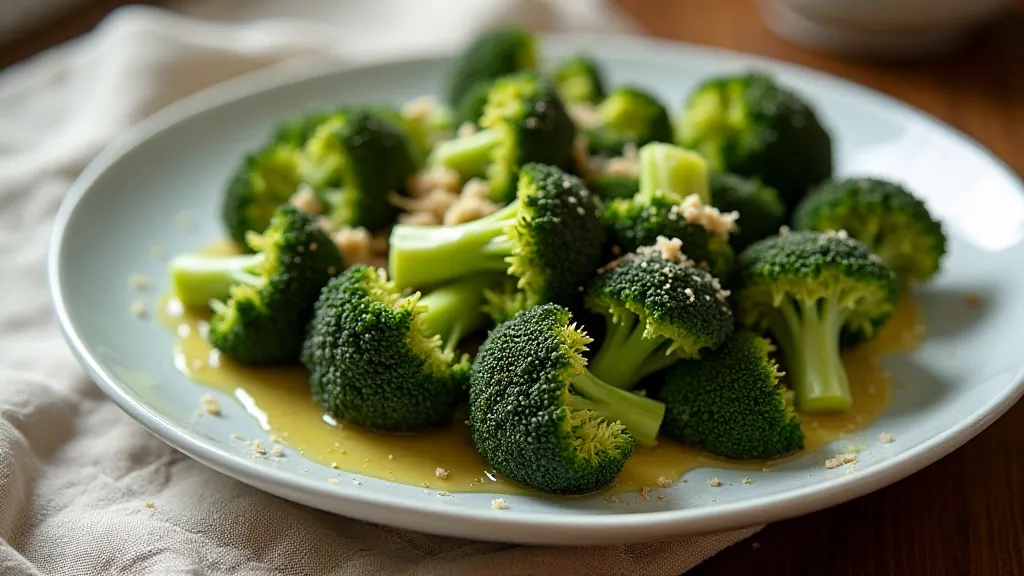 Why Grow Romanesco?
Romanesco broccoli isn’t just a vegetable; it’s an experience. It elevates your garden from ordinary to extraordinary and adds a touch of botanical beauty to your plate. Whether you’re a seasoned gardener or just starting out, adding Romanesco to your vegetable garden is a rewarding and visually stunning choice. Its unique structure makes it a conversation starter and a true celebration of nature's artistry. Many gardeners are drawn to these less common varieties, mirroring the interest in other vibrant produce like red bell peppers, which offer both visual appeal and distinct flavors.
The Sweetness Below the Surface: Root Vegetable Wonders
Why Grow Romanesco?
Romanesco broccoli isn’t just a vegetable; it’s an experience. It elevates your garden from ordinary to extraordinary and adds a touch of botanical beauty to your plate. Whether you’re a seasoned gardener or just starting out, adding Romanesco to your vegetable garden is a rewarding and visually stunning choice. Its unique structure makes it a conversation starter and a true celebration of nature's artistry. Many gardeners are drawn to these less common varieties, mirroring the interest in other vibrant produce like red bell peppers, which offer both visual appeal and distinct flavors.
The Sweetness Below the Surface: Root Vegetable Wonders
Growing root vegetables isn’t just about sustenance; it's about connection to the earth and appreciation for the subtle beauty that exists beneath the surface. Romanesco, with its fractal geometry, reminds us that complexity and artistry are interwoven into even the simplest of natural processes. Similarly, when considering alternatives to classic root crops, you might explore the interesting possibilities offered by purple sweet potatoes – a testament to the diversity and wonder hidden within our food systems.
Understanding Soil and Nutrient Needs for Optimal Growth
Successful vegetable gardening relies on understanding the specific needs of each plant. While Romanesco thrives in fertile soil, various factors like pH level, drainage, and nutrient availability play crucial roles. Different varieties of vegetables have varying requirements, making it essential to research and tailor your approach. The right soil amendments and fertilization techniques can significantly impact yield and quality. For example, while Romanesco appreciates a well-balanced fertilizer, other vegetables might benefit from specialized nutrients, just like how differing varieties of carrots offer unique growth profiles.
Expanding Your Gardening Palette: Embracing Heirloom & Unusual Varieties
Romanesco embodies the beauty and value of heirloom and unusual vegetable varieties. By choosing to grow these less-common varieties, you're not only expanding your culinary horizons but also contributing to the preservation of biodiversity. These vegetables often offer superior flavor and nutritional value, offering a delicious and sustainable alternative to mass-produced produce. The unique characteristics of these vegetables, like the striking color of Romanesco, are a result of natural variations that are often lost in the pursuit of uniformity in commercial agriculture.
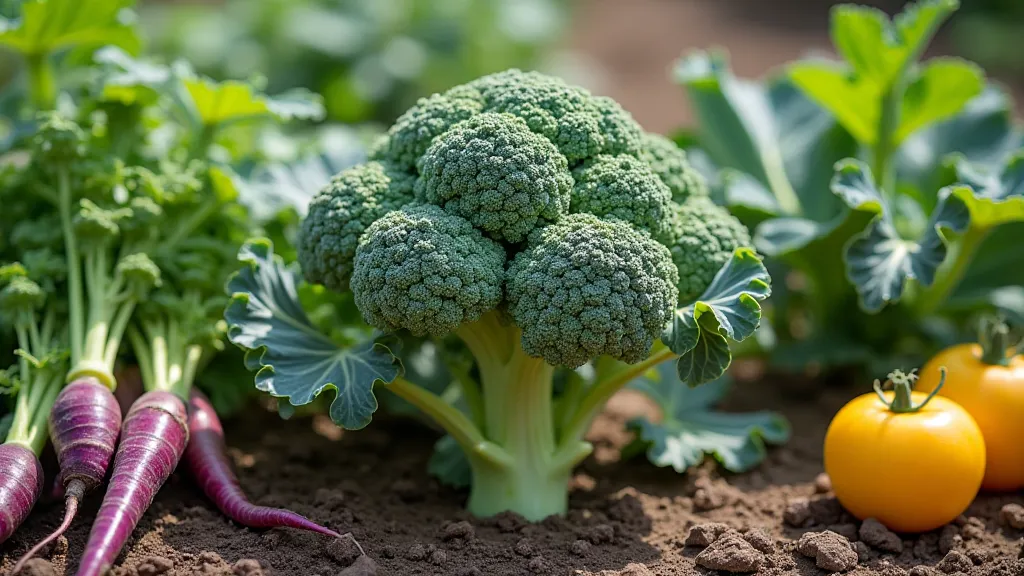 From Seed to Table: A Romanesco Growing Timeline
The journey of a Romanesco from a tiny seed to a stunning head of vegetable takes dedication and patience. Here’s a detailed breakdown of the growing timeline, outlining key milestones and care instructions:
From Seed to Table: A Romanesco Growing Timeline
The journey of a Romanesco from a tiny seed to a stunning head of vegetable takes dedication and patience. Here’s a detailed breakdown of the growing timeline, outlining key milestones and care instructions:
- Germination (7-10 days): Maintain cool temperatures (60-70°F) and consistent moisture.
- Seedling Stage (4-6 weeks): Provide ample light and gradually harden off seedlings before transplanting.
- Transplanting (6-8 weeks before last frost): Choose a sunny location with well-drained soil.
- Vegetative Growth (8-10 weeks): Consistent watering and fertilization are crucial for robust growth.
- Head Formation (2-3 weeks): Reduce watering to encourage head development.
- Harvest (85-100 days): Harvest when the head is firm and the florets are tightly packed.
Remember that these are general timelines and may vary depending on your local climate and growing conditions. Careful observation and timely adjustments are key to a successful Romanesco harvest.




